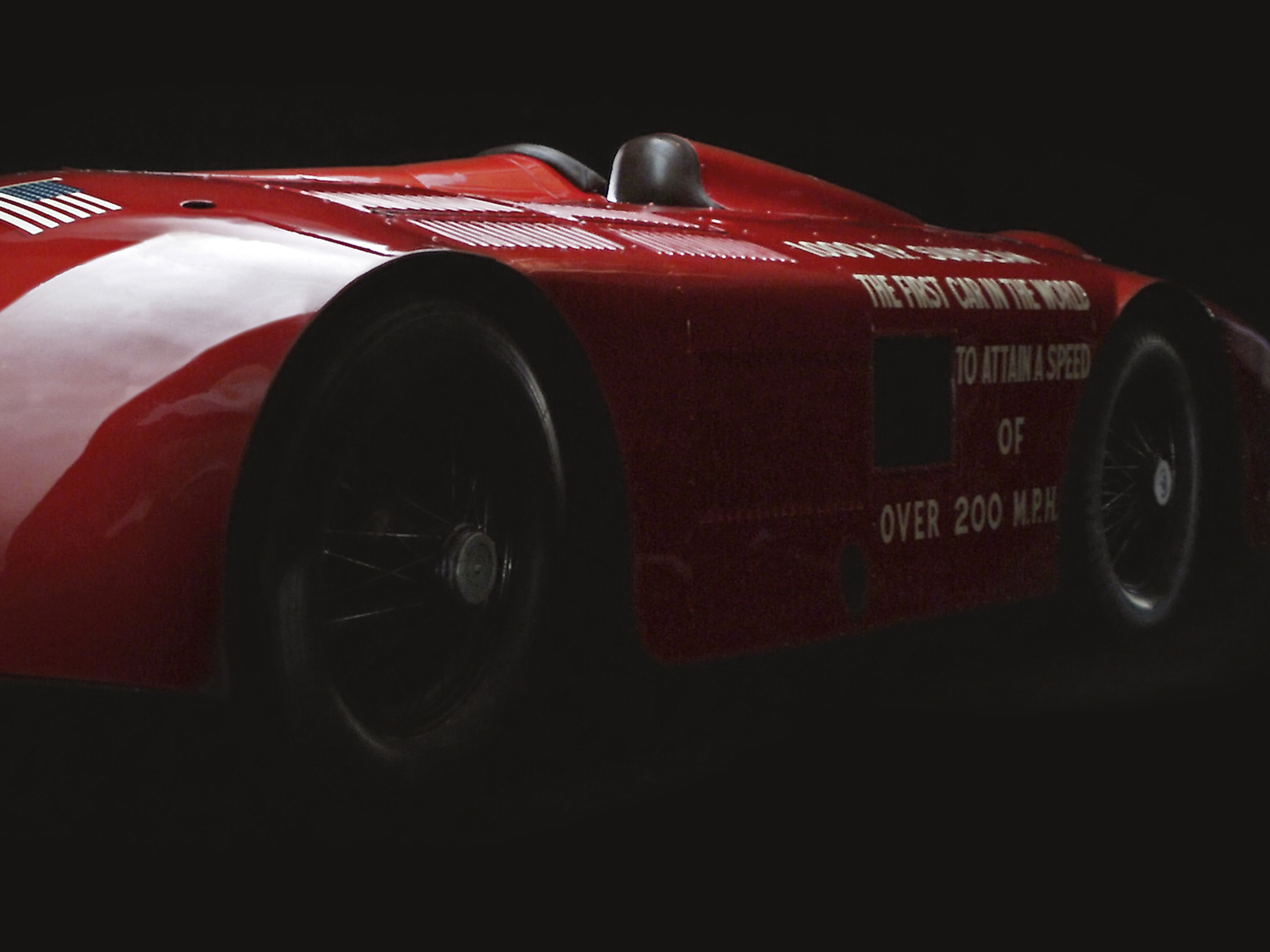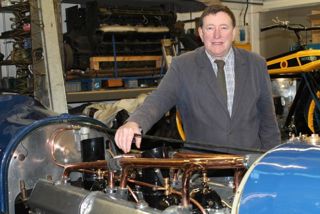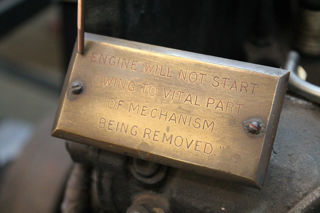

Sunbeam 1000hp, the iconic first car ever to exceed the 200mph barrier. As this challenging project gathers momentum, the National Motor Museum’s Chief Engineer and Museum Manager Doug Hill tells the story so far . . .

Warning notice
This simply amazing motor car is powered by two 22.5-litre V12 aero engines.
The car first arrived at Beaulieu in 1958, becoming one of the star attractions in the Montagu Motor Museum, the forerunner to the National Motor Museum. However, both of its engines were fitted with engraved plaques saying: “Engine will not start owing to vital part of mechanism being removed.”
So not knowing which parts were missing and with the gear selection mechanism not functioning, there was no way to turn the engines. There was also never a desire to disturb the engines which we believed were kept perfectly safe by being correctly inhibited and sealed when the car was decommissioned.
Decision time
The National Motor Museum has a system where we endeavour to ensure all of the engines in our care are turned and kept in the best possible condition. Part of this process is to survey the mechanical well-being of vehicles we know are not capable of running. The Sunbeam 1000hp was one such vehicle.
On careful inspection, we found that the engines were virtually complete and only parts of the air-start mechanism were missing . . . but were saddened to discover that they had not been inhibited at all. As a result, we uncovered a disappointing amount of corrosion within the inlet and exhaust ports and the start of surface corrosion on the crankshaft and con rods. The engines had also been left with high-performance Castrol R oil in them and were virtually glued solid!
It was decided at this stage that something had to be done to save these unique engines from any further corrosion damage. The only way to achieve this was to remove the engines from the car in order to free them off and to disassemble them and treat the corrosion accordingly.
-
![Sunbeam 1000hp being demonstrated at Brooklands]()
The last documented time the engines were run was for the car to be demonstrated at Brooklands race circuit in 1939. -
![Sunbeam 1000hp being tested during its original build]()
Minus its body panels, the 1927 Sunbeam 1000hp was extensively tested during its original build. -
![Sunbeam 1000hp bodywork being transferred to undergo professional restoration]()
Following its purchase by Lord Montagu in 1970, the Sunbeam’s bodywork was professionally restored. In this period photograph, the car is carefully lowered onto a flat-bed truck in order to be transported to the body shop. Note the dented front panel! -
![Sunbeam 1000hp V12 engine]()
One of the two Sunbeam 1000hp’s V12 engines

Subscribe for updates
Get our latest news and events straight to your inbox.



